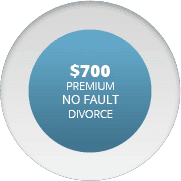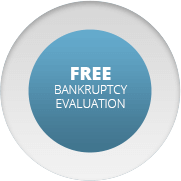Using Chapter 13 Bankruptcy to Reorganize Debt in Pennsylvania
Not all bankruptcy claims are the same. Depending on your unique needs, reorganizing your debt may be more appropriate for your case. If you decide to reorganize your debt, you will more than likely want to file for Chapter 13 bankruptcy. Understanding how a Chapter 13 bankruptcy claim works is the first step in deciding whether it’s the best option for you.
Defining a Chapter 13 Bankruptcy
A Chapter 13 bankruptcy is a counterpart of Chapter 7, which is the most common personal bankruptcy used in Pennsylvania. Chapter 7 is often referred to as a liquidation since a trustee that is appointed by the court sells off any assets that haven’t been protected under bankruptcy exemptions either federally or in Pennsylvania.
Filing a Chapter 7 bankruptcy doesn’t necessarily mean losing all your assets. An example includes selling a home. If there is no equity, it doesn’t make sense to sell. However, it does open the door for liquidation. Chapter 13 provides a viable alternative that will allow you to keep your car, home, and other assets. In this form of bankruptcy, the debtor will come up with a plan to restructure debts for monthly payments over a three- to five-year period, typically with the assistance of a seasoned bankruptcy attorney.
Requirements
Each plan is different, but every plan has a set of basic traits and requirements in order to be submitted to and approved by the bankruptcy court administering the case. The formal name for the form that confirms a Chapter 13 plan is Form 2300B and is used in every state, including Pennsylvania. The form includes:
- How much each payment will be.
- When each payment is due.
- How long the payments will be made in months.
- Who will receive the payments as a trustee.
For one of these plans to be approved, the debtor is required to meet requirements, such as proving they have the income to cover the proposed payments. This is done using a process known as means testing, which literally tests the debtor’s financial means. To file for Chapter 13 bankruptcy, you are required to submit:
- Form 122C-1, which includes a statement of your current monthly income and calculates how long your commitment plan should last.
- Form 122C-2 calculates how much disposable income you have. This is what will go toward paying off your plan.
If you are in serious debt, contact our attorneys at Reinherz Law today. We can help you weigh out your options and choose the right option for your debt.









